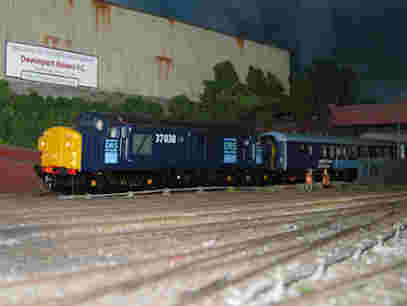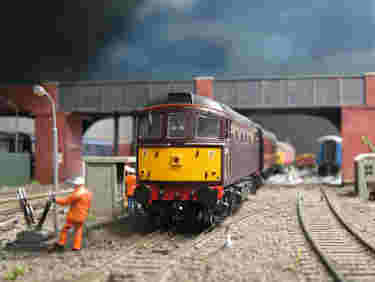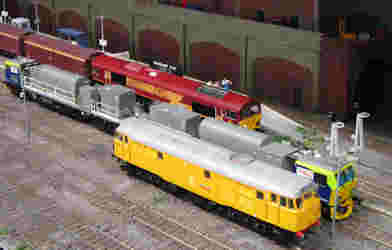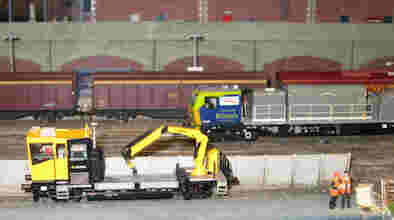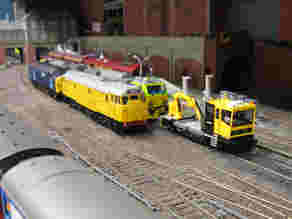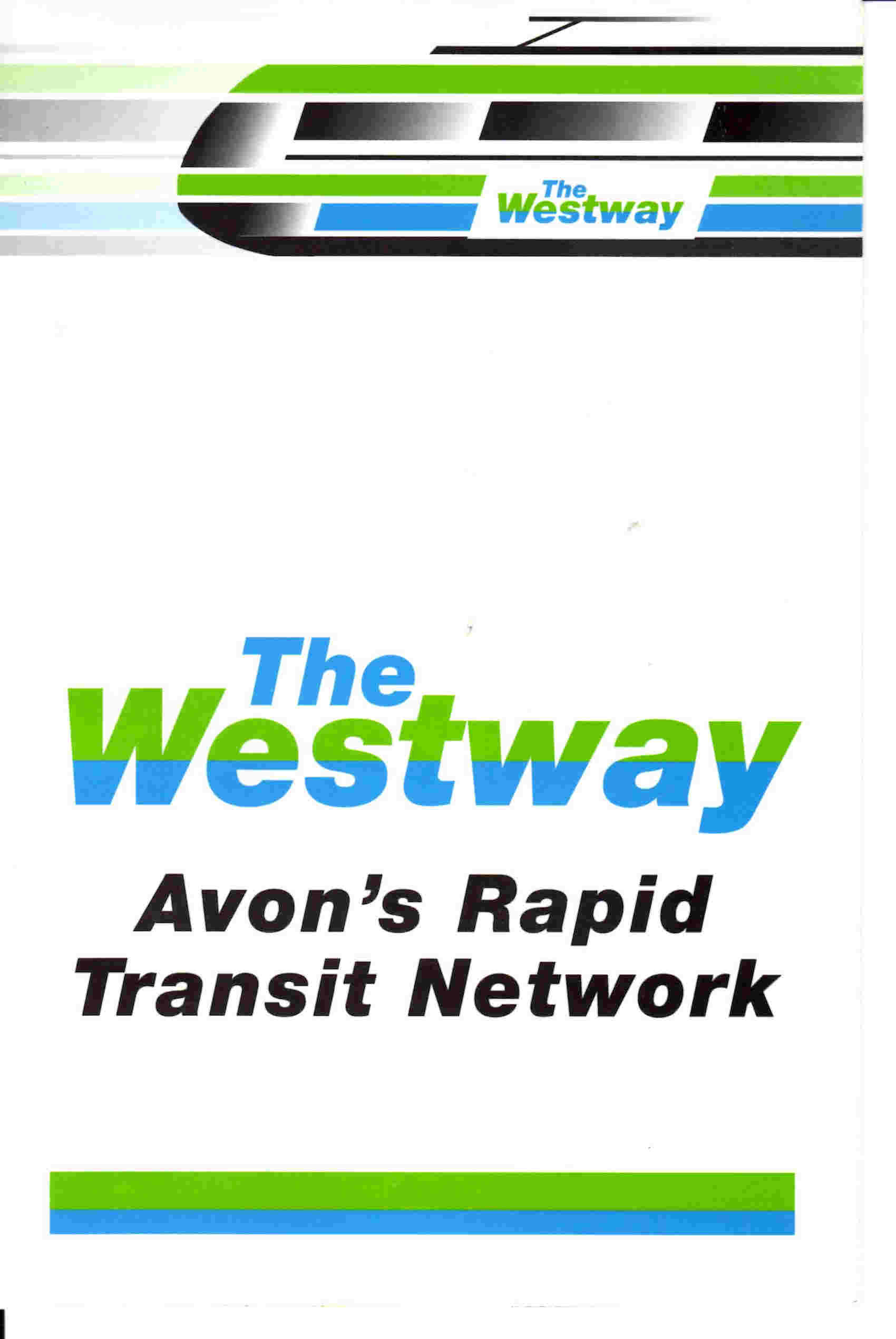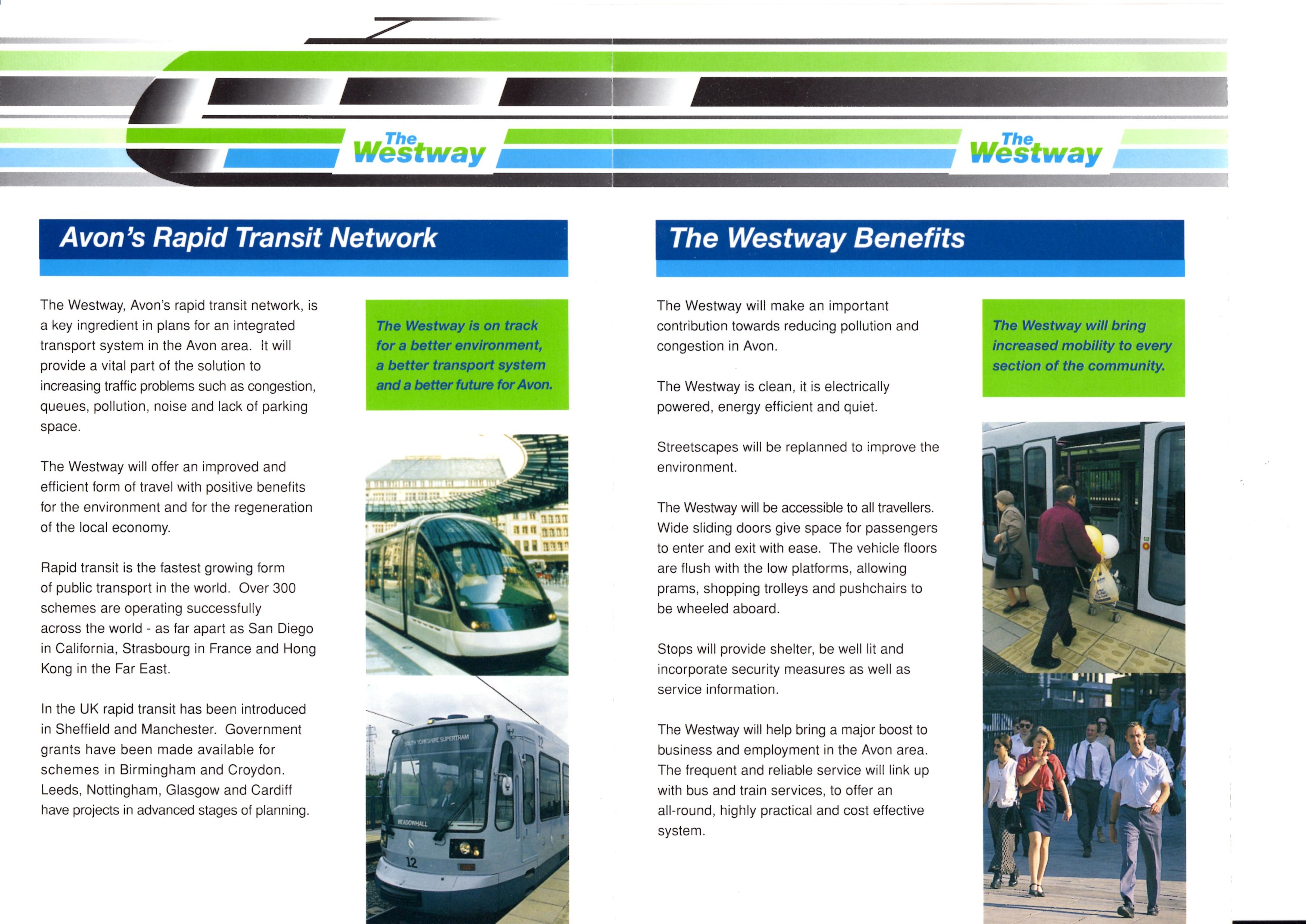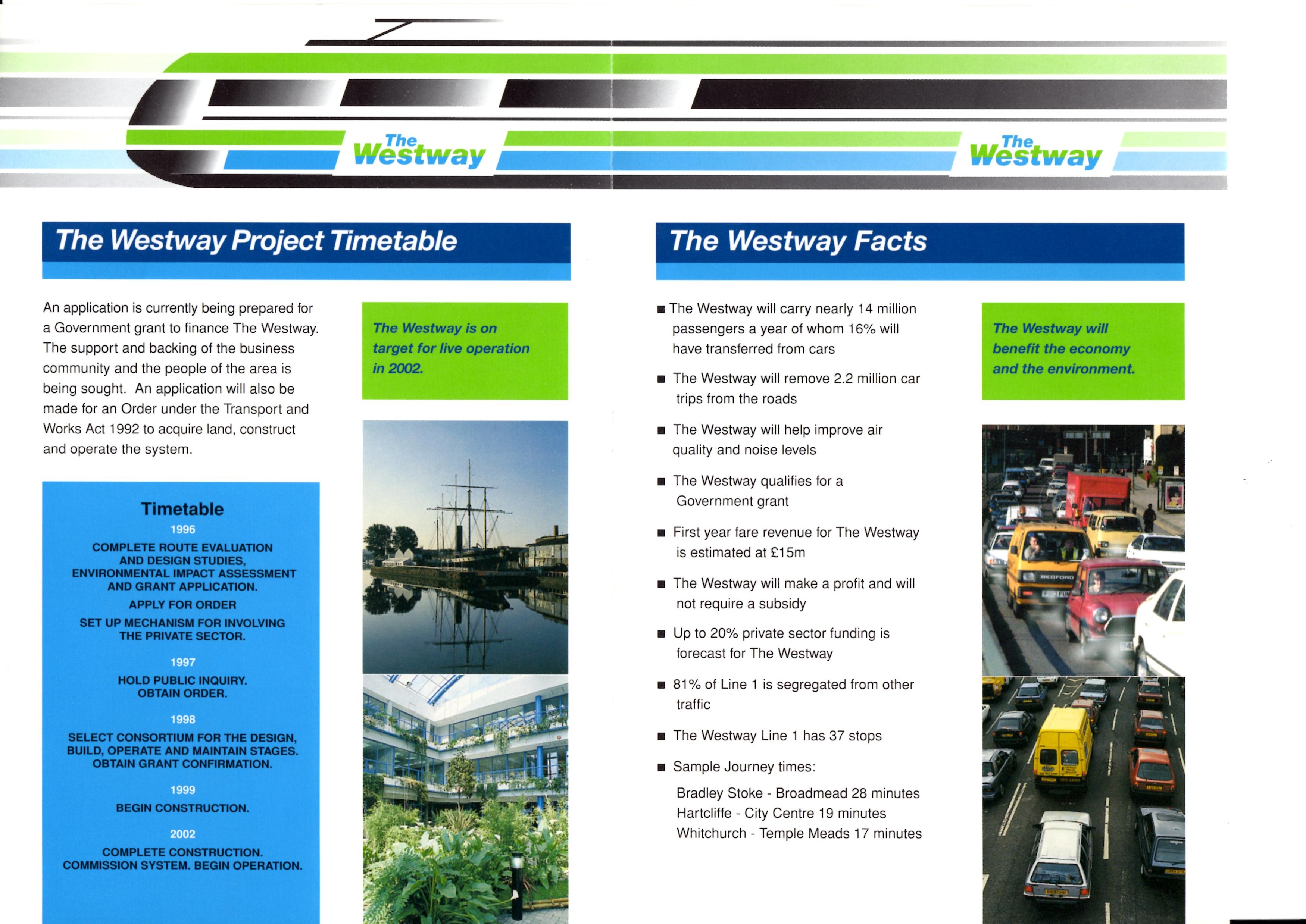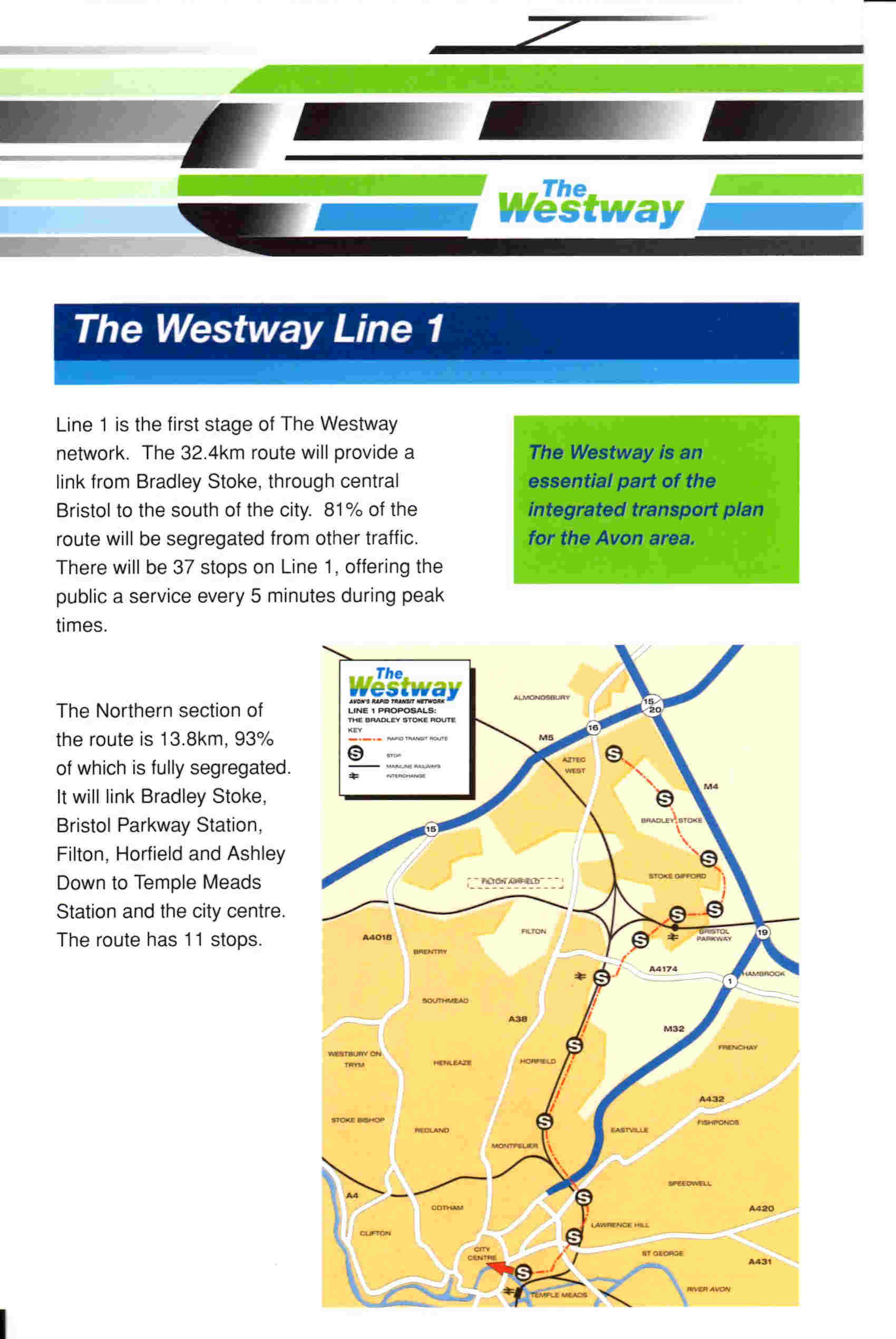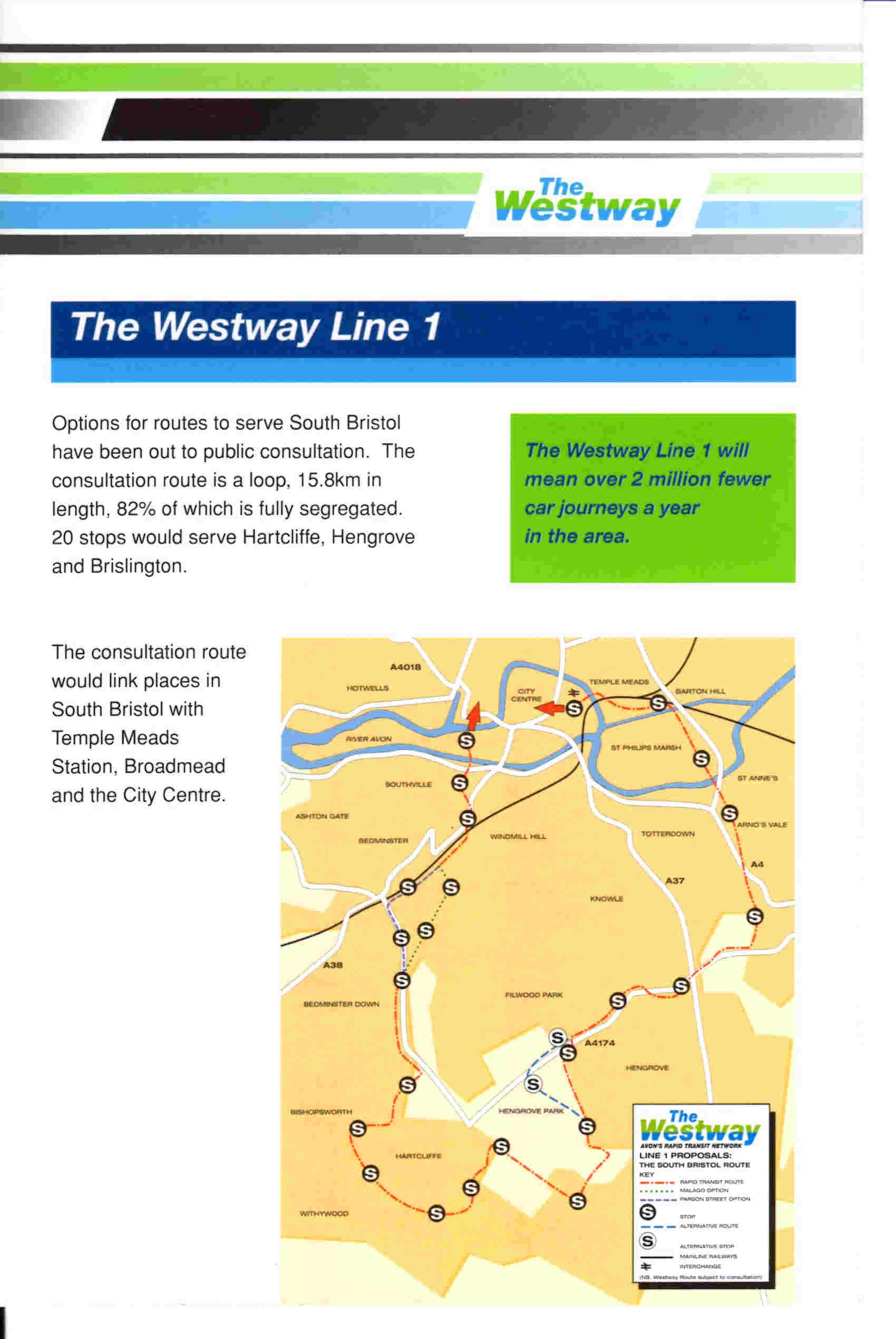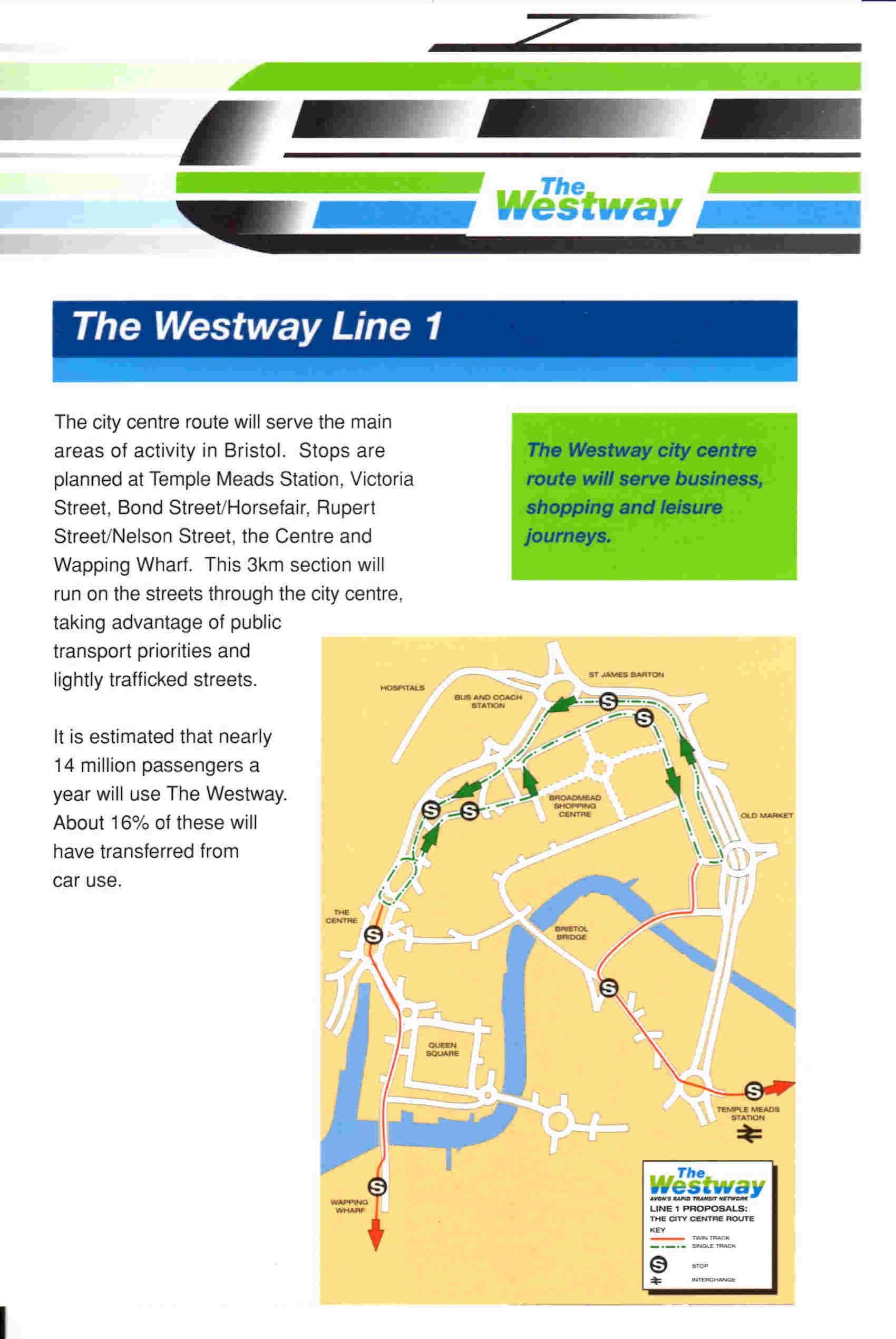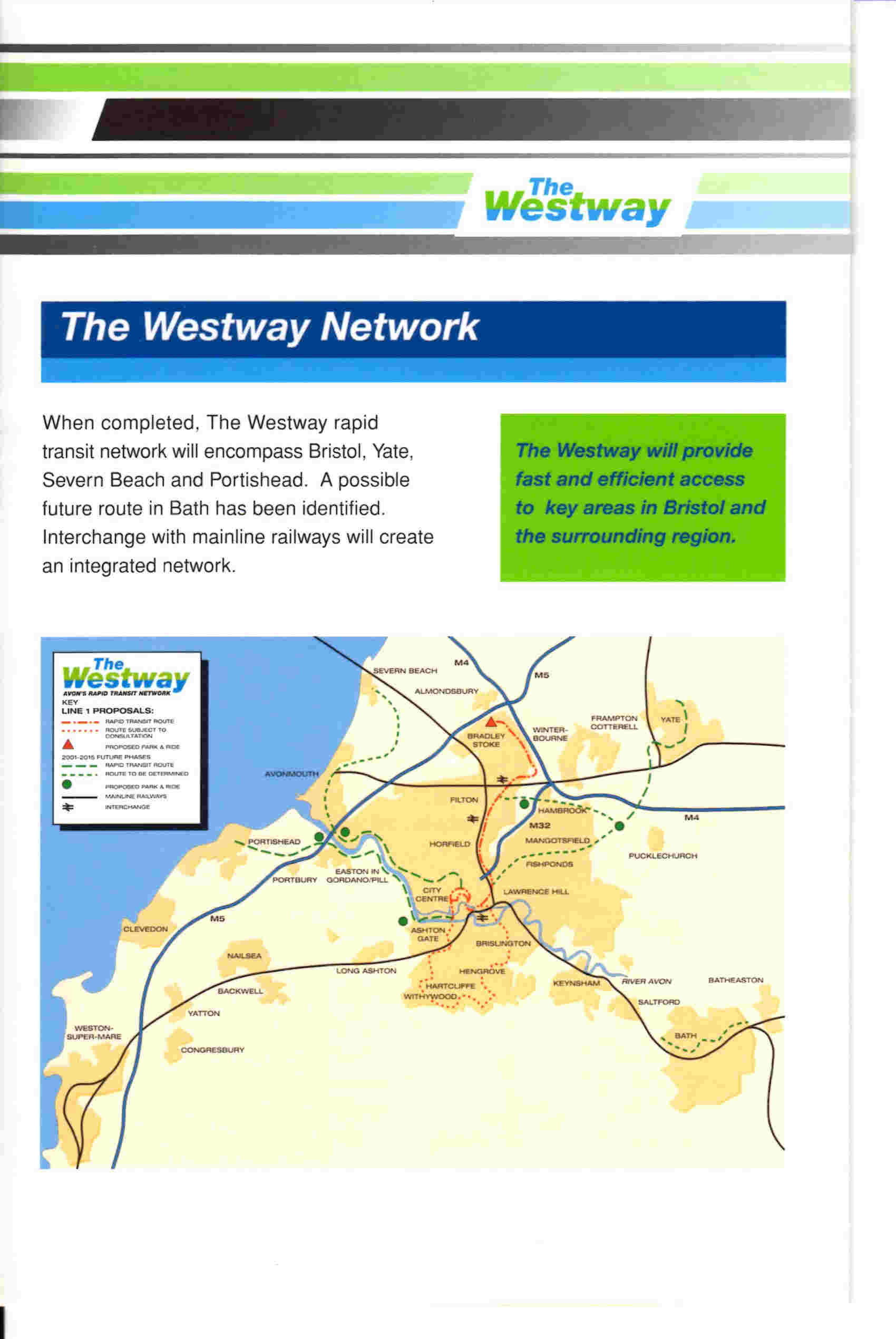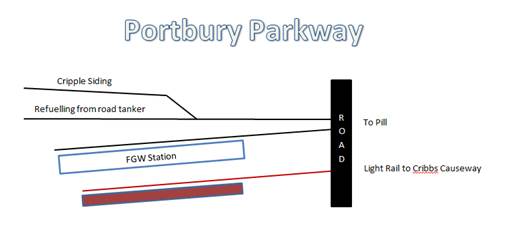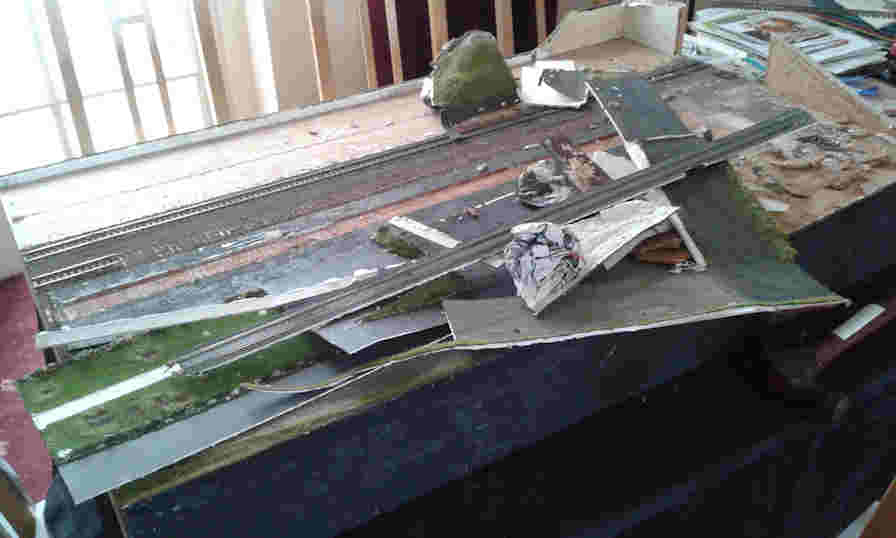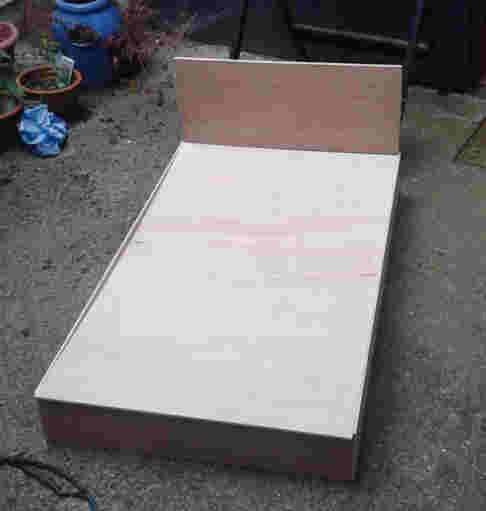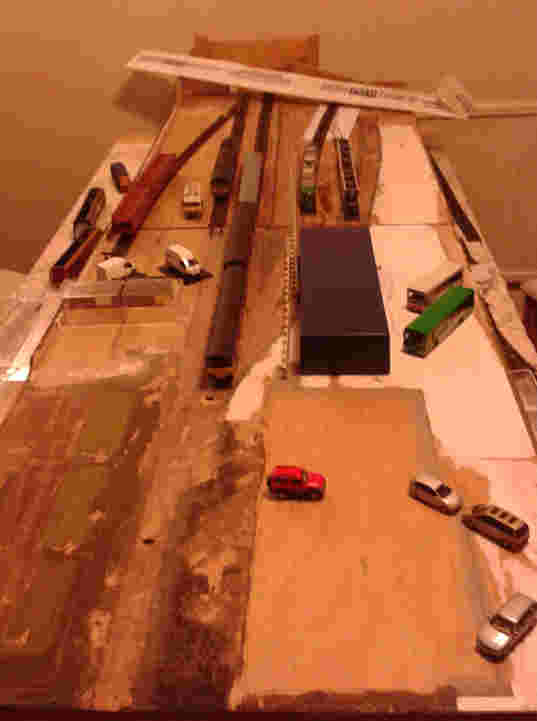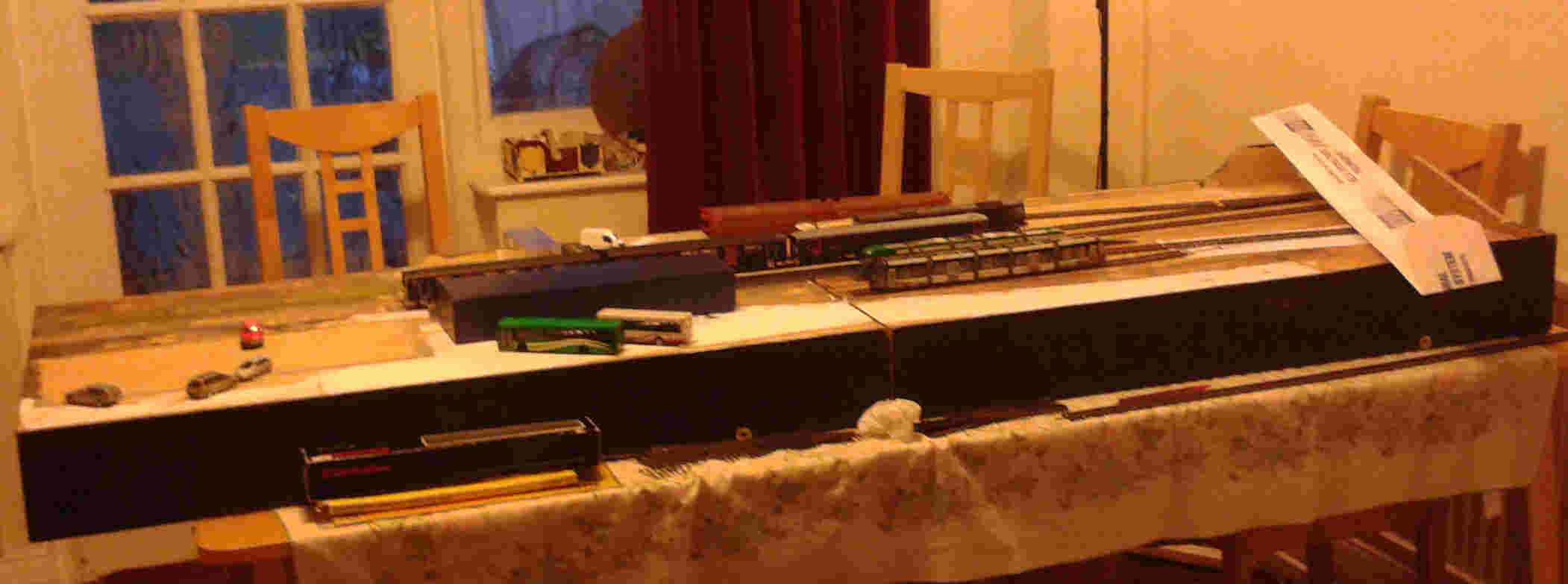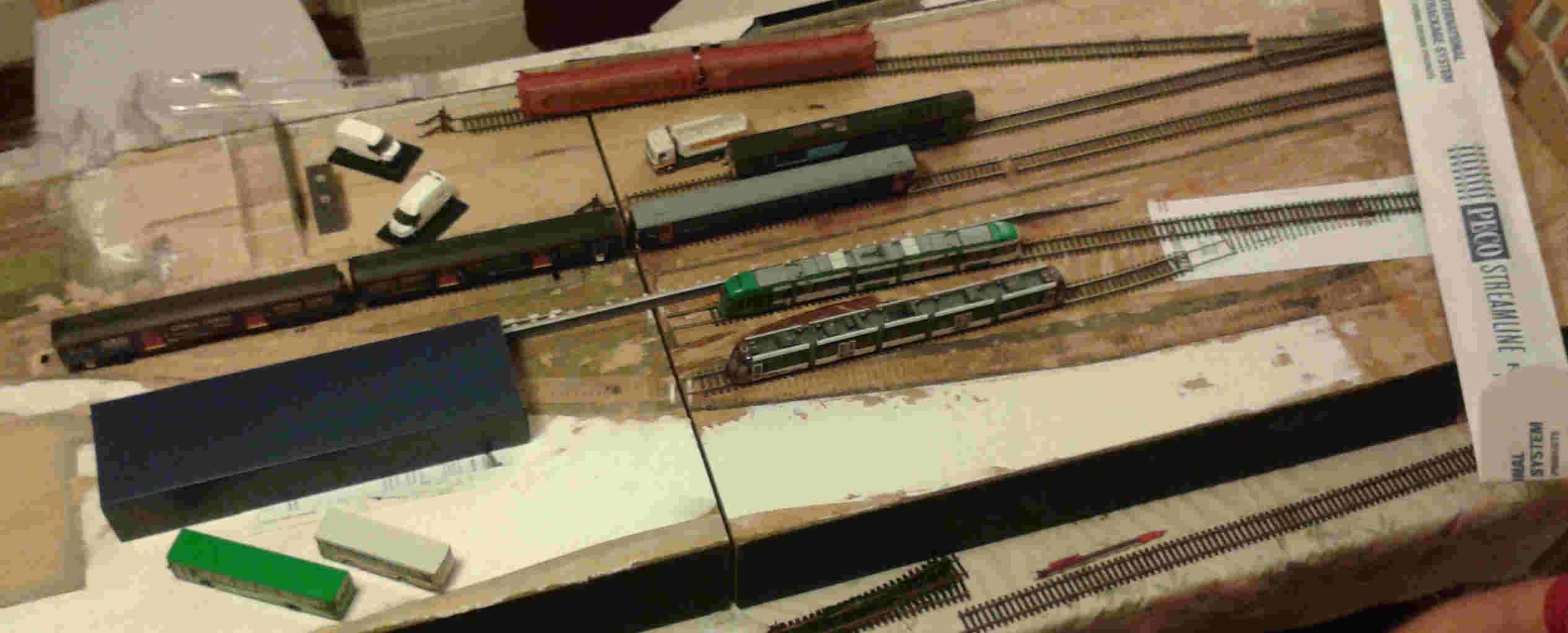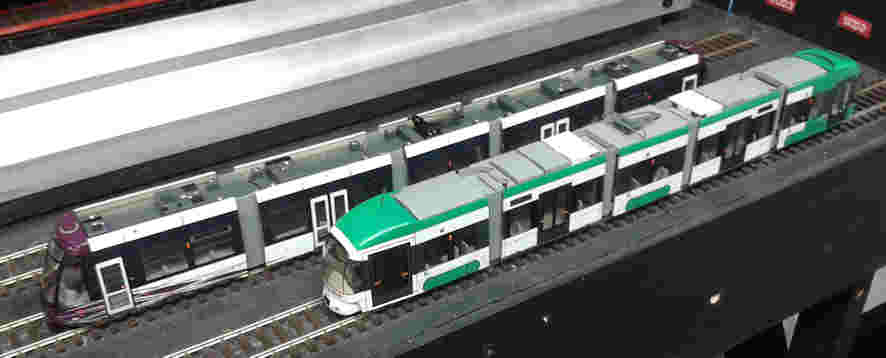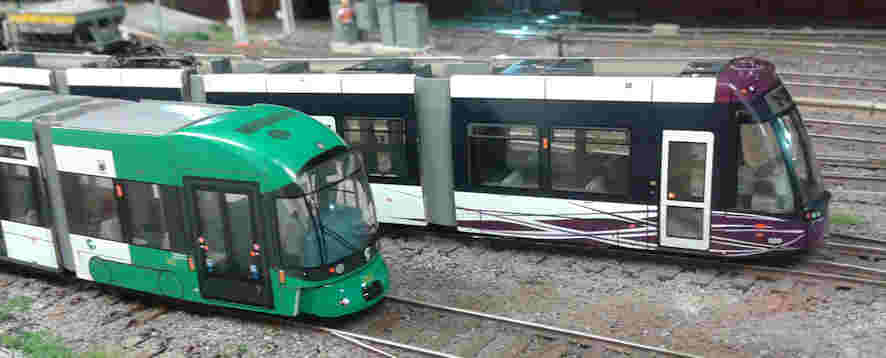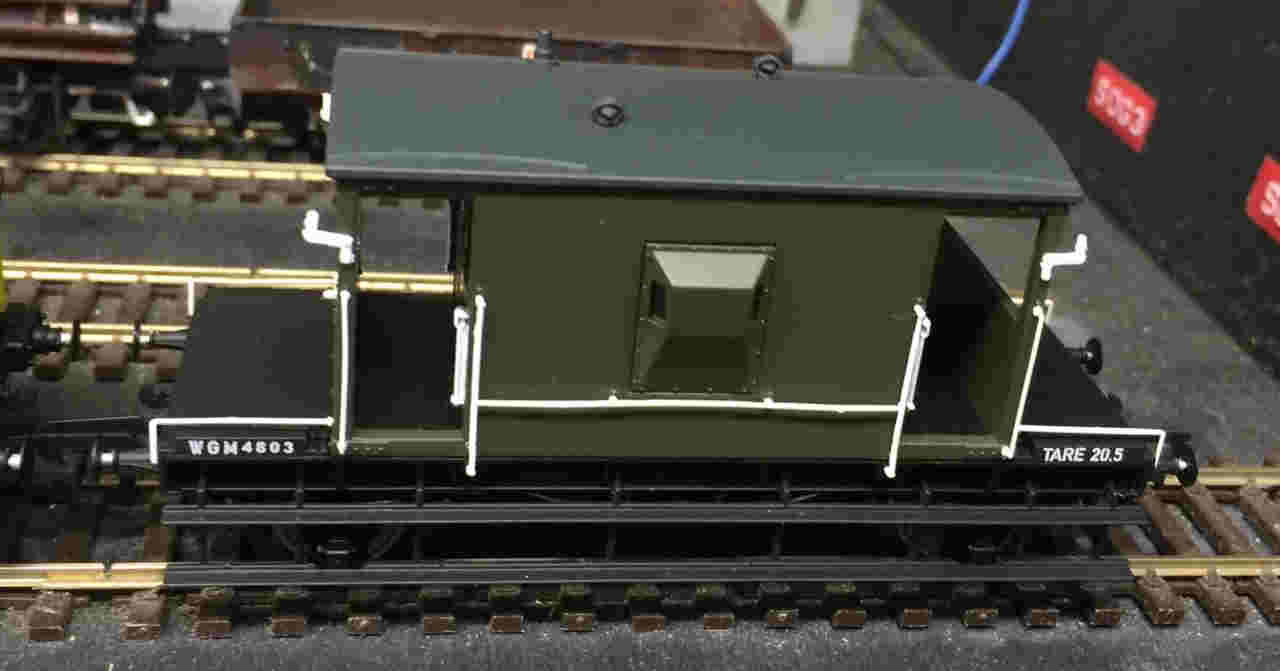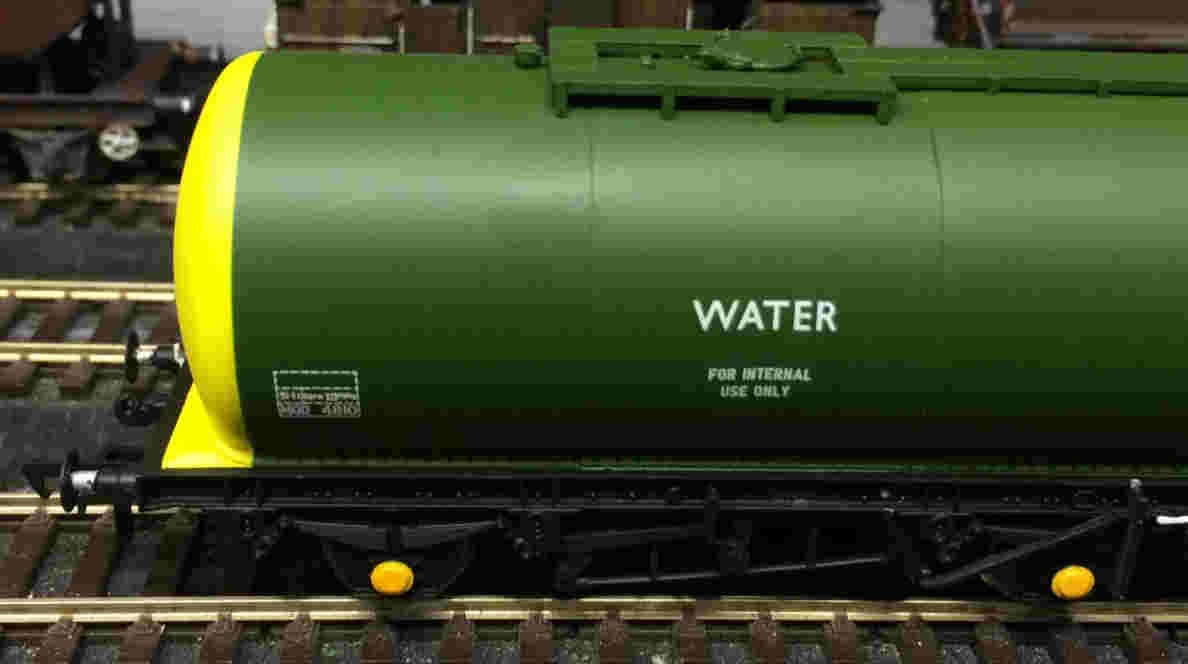This page was originally used to show developments on new layout projects but such has the number of layout projects become that we have developed a dedicated menu for ongoing projects - Layout Builds. This gives details of what is planned and updates on progress as they gradually move from Layout Buids to Layouts.
However, we felt there was value in keeping the contents of this page given the research photos etc.
We had three projects in the early stages of planning:
Portbury Parkway - post 2010 what could have been/could be view of a Portishead branch terminus with light rail
Wheal Aneilan - 1989-92 Cornish Clay Works and main line - a cross between Burngullow and Pankandillack
Boosbeck - A Teesdale MoD facility with narrow gauge system and BR connection
Have a look at the plans below and then see how they have morphed and progressed from the Layout Builds menu
Wheal Aneilan takes inspiration from the variety of china clay sites and workings in Cornwall and has been triggered by the availability of a number of RTR and kit wagons that make a realistic late 20th Century model a possibility. Rather than model a particular location, the layout is planned to incorporate features from a number of sites but two in particular: Parkandillack and Burngullow. This will enable clay to be transported in slurry tanks, hoppers, CDAs and vans (bagged).
For some time we have had a desire to create a simple 'roundy round' layout that will give us an opportunity to operate a wide variety of stock. By incorporating a mainline into the layout, at a different height, this will be partially achieved. Partially? Well it will be difficult to get away with some trains on the Cornish mainline - the Devonport - Sellafield MoD flasks for example!
Below are a selection of photos taken on a field trip back in 2012:
A planning session has been held to look at how Devonport Road can be operated in a mid-naughties era with DCC operation, taking into account the types of services that were running at that time and the way to get the best out of DCC sound operation.
As a result, here is a taster of what is to come and the rationale behind the changes:
The small CCE yard has passed into Network Rail ownership; the OTP depot has been revamped and various buildings demolished with a new hardstanding area which is used for maintenance and sees a water bowser available for refilling tanks on RHTT and MPV sets, as well as occasional steam specials. There has also been a change in the use of the 'Pyle Hill-esque' parcels depot sidings. Following the demise of RES and the loss of the Royal Mail contract the sidings fell out of use for a while but are now used for stabling Network Rail vehicles visiting the locality. It is likely that a visitor will be able to see a range of OTP, NR yellow stock and some DRS and spot hire locos.
Perhaps the greatest change is in the use of the (off stage) CCE Depot. This has now been taken over by Cornish Riviera Trains and is used for the storage and maintenance of stock used by West Coast and Riviera trains. They have also now taken over the adjacent Devonport Road Loco Works following the demise of the private company running the works in 2000 - the only known casualty of the Millennium Bug!
The Devonport Dockyard sidings and tunnel entrance still see regular trainloads of stores and ammunition, courtesy of EWS; occasional visits of the nuclear flask train (DRS) and refurnishment work on Mk3 stock, predominantly for First Great Western, although others also make use of their services, such is the nature of the contracting business.
Devonport Road station has seen a little change. Platform 3 no longer sees passenger trains, as the split of the lines to Gunnislake and Cattewater now takes place just before arrival at the station. Platform 3 sees a variety of freight traffic for the commercial docks, including scrap traffic, imported steel and cement. Platform 4 sees FGW passenger services to Gunnislake, clay traffic and transfers of tired locos and stock for preservation at the Tamar Vally Railway, Bere Alston
So much for the re-writing of history, it's now time to start on the detailing and weathering of the required stock!
In the meantime, here are a number of photos to give a feel of what is to come:
Portbury Parkway
This layout is both a ‘what might have been’ and a ‘what may still be’. The basis for the layout is both based on historical plans and current aspirations. The history lies in the Avon Light Rapid Transit Bill of December 1987 – an innovative project at the time and a forerunner of projects such as the Manchester Metrolink and the South Yorkshire Supertram.
The Avon LRT Bill Article (Modern Railways Dec 1987) 

In 1993 the Strategic Avon Rail Study (STARS) report proposed a Heavy Rail Upgrade within Avon alongside the Light Rail plans, which would increase local commuter traffic and support the development of a new station at Filton South (now Filton Abbey Wood) to support the 5,500 staff expected to work at the new MoD site being built there. A much more successful plan, which sees many of the basic ideas in operation today.
Avon plans Heavy Rail Upgrade (Modern Railways Jun 1993) 

By 1995, plans for ‘The Westway – Avon’s Rapid Transit Network’ were well advanced, with an initial development of the Northern section, from Bradley Stoke to the city centre via Bristol Parkway and Temple Meads, followed by a South Bristol Loop, a Broadmead Loop and redevelopment of the Portishead and Avonmouth/Severn Beach branches. An application for Government grant finance was prepared, with construction due to commence in 1999.
What happened next was almost inevitable, as local government re-organisation saw Avon County Council disappear to be replaced by the unitary authorities of Bristol City, South Gloucestershire, North Somerset and Bath & North East Somerset councils. In 2004, whilst Bristol City Council still had hopes for the Bristol Supertram, the plan fell to pieces as a result of an inability of the councils to work together to finance and support a major infrastructure project.
Fast forward 10 years, the Portishead branch has re-opened to freight as far as Pill for the Royal Portbury Dock, and we see the introduction of MetroWest. Phase 1 of this phased approach to new railway lines and services in the West of England is the re-opening of the Portishead branch. This proposal is supported by the Portishead Railway Group. One stumbling block has been the ruling that no new level crossings are allowed to be built – an issue for the last part of the line as it needs to cross Quays Avenue to get to the proposed new Portishead railway station site and the installation of a new road bridge would be very expensive. However, it is hoped that, subject to funding and meeting all the regulatory and technical requirements, trains services could recommence in 2019.
Extract from the MetroWest Overview Leaflet (November 2015) 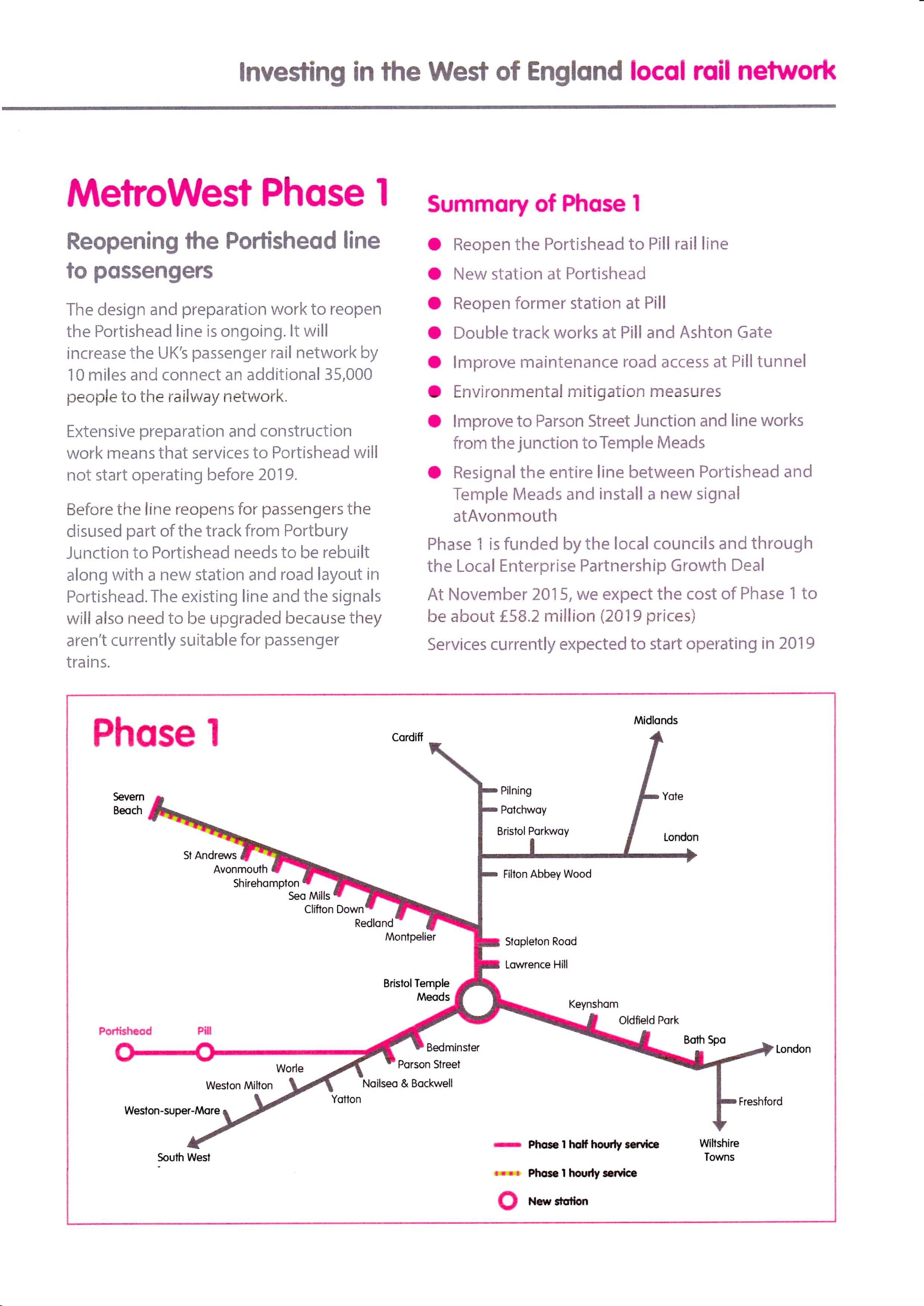
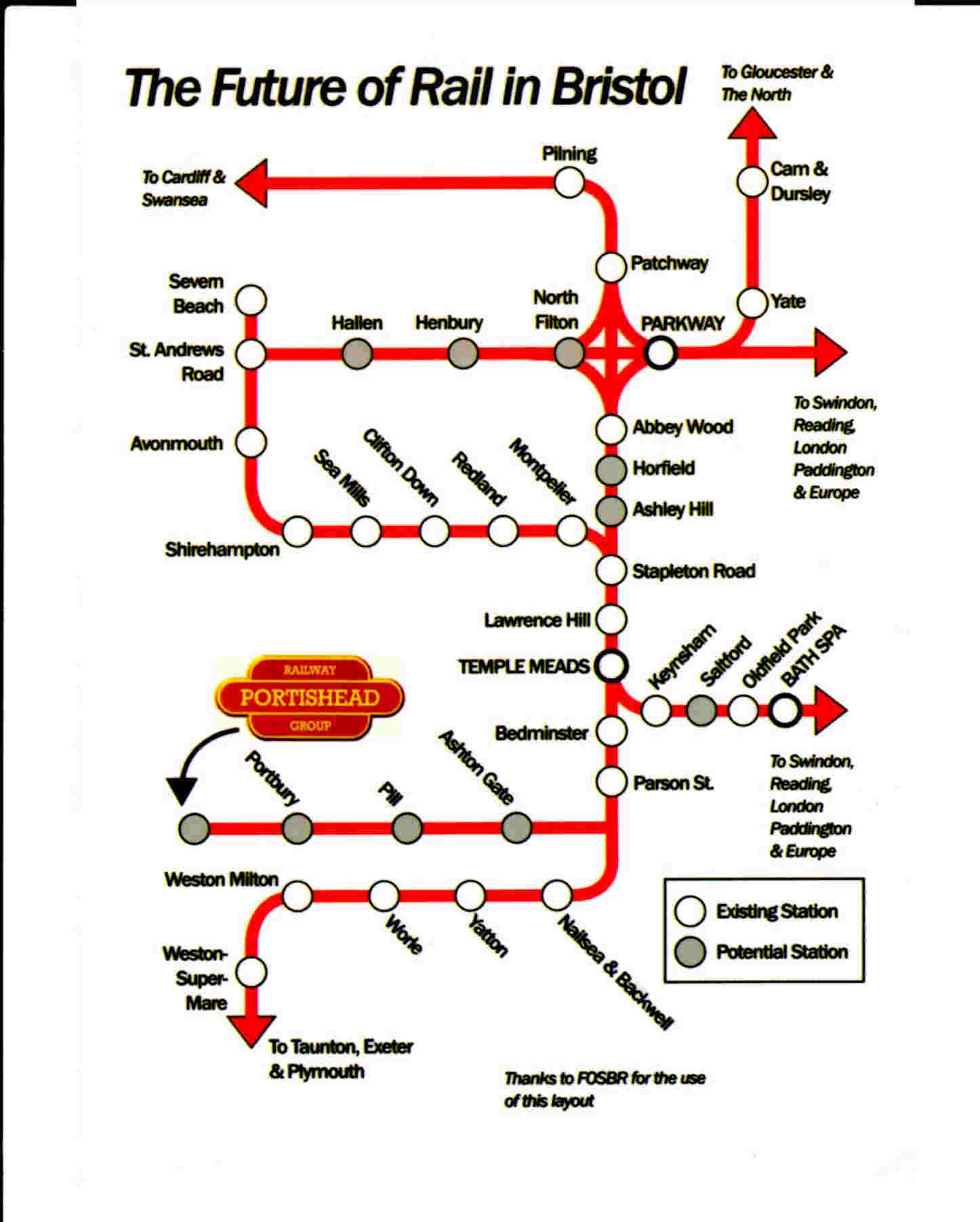
Portbury Parkway takes the history outlined above and future plans and rolls them into a layout set in the recent past/near future. The ‘heavy rail’ has re-opened from Pill to outside of Portishead, as the cost of the Quays Avenue bridge was just too great. A new station has been opened, on land outside of the town boundaries, and called Portbury Parkway.
The Light Rail project also eventually made it into reality. However, as the ‘heavy rail’ line had already been re-opened to freight, an innovative alternative was constructed, using the little used existing pedestrian/cycleway on the side of the M5 Avon Bridge. This allows a direct link from Portishead to Cribbs Causeway and north Bristol, dramatically cutting commuting times to the MoD at Filton. Planning permission for a traditional Light Rail overhead catenary system was not granted but the innovative French APS (Alimentation par le Sol) ground level power supply, as used in Reims (see The Real Thing Gallery), saved the day. As space for even more vehicle imports became an issue within the Royal Portbury Dock, a decision was taken to move loco refuelling and ‘cripple’ wagon repairs to the Portbury site.
So, we now have a fully integrated transport hub at Portishead, which has gone a long way to ease the traffic congestion that generated the town’s nickname of 'the biggest cul-de-sac in Britain'! A bus interchange, for local services throughout the town and to Clevedon, has been built, significant car parking is available and secure bike storage has been introduced.
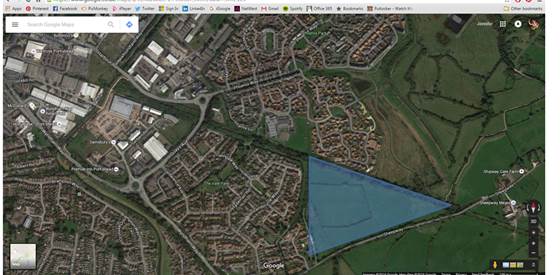
Portbury Parkway has started to make real progress following more research. In Reims, France, more details of the APS power system were recorded in both street and grass sections - see new photos added to "The Real Thing" gallery. In Portbury itself, the real location chosen for my Parkway station has been visited. This proved very useful in determining that the original permanent way was formed of a double track and the original stone/brick road bridge taking Sheepway over the railway is still in existance and will be ideal as a scenic break.
Sheepway Bridge 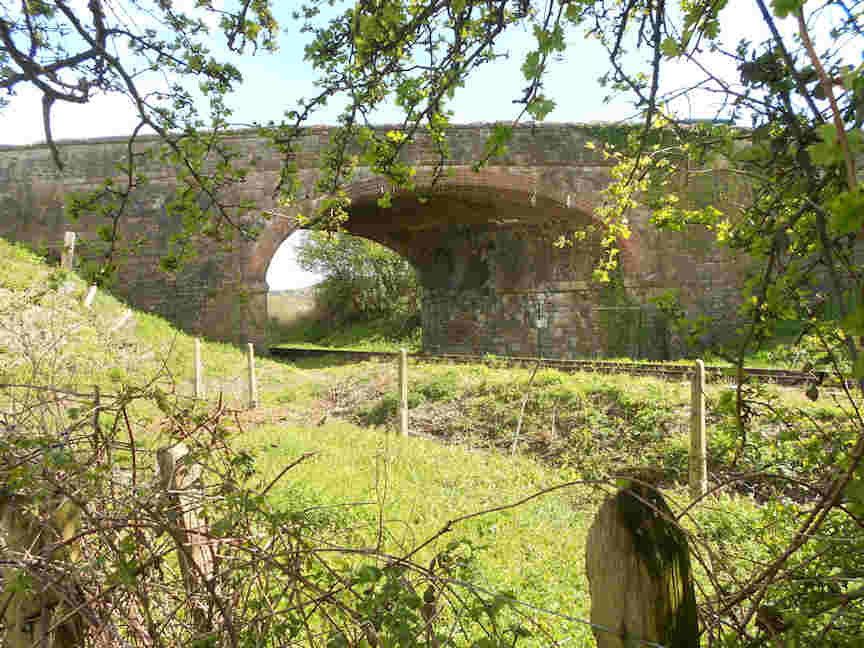 Parkway site (left of track)
Parkway site (left of track) 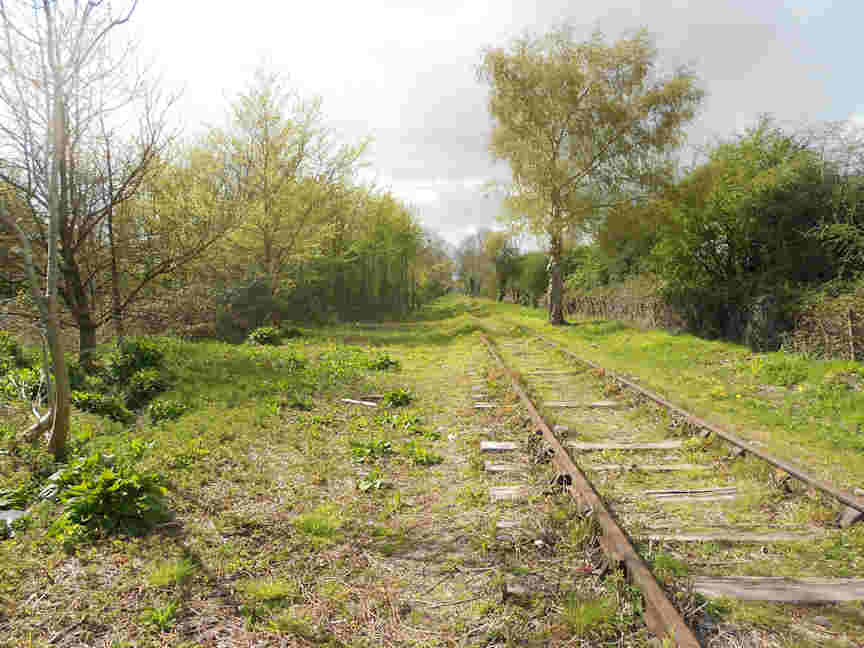
So, it was time to make a start. Firstly, two boards from my previous layout, Aneilan Road, were stripped and recycled for this project. Much of the scenic material was salvaged and some of it may well reappear on the new layout in a different form. These boards are 1000 x 600mm, self supporting, light weight frames of 6mm ply, with 9mm ply ends. A third board was required, as the previous fiddleyard was not suitable for this project. So, an identical board has been constructed. An 8' x 4' sheet of 6mm exterior ply was sourced and cut to a supplied cutting plan at Clevedon DIY. What a saving in time and energy and much more accurate than I could have achieved at home. This created a kit of parts for the fiddle yard board and two micro projects for John (more on those later)!
Next stage was to mock up the main features of the layout, using the stock that will be appearing on the layout to make sure that everything fits and looks right. For instance, in the photos you will see the longest passenger train likely to use the branch, a 150/1 & 153 combination, to ensure that the platform length is sufficient - even though operationally the longest train will be the Class150 on its own!
Let's take a short tour of the planned layout, starting top right. The extant trackwork seen in the Sheepway Bridge photos above has been replaced and truncated and is now used to fuel locos, using the Royal Portbury Dock facility, from a road tanker (where the Class 66 is sitting). A new siding has been laid which is used for repairing crippled wagons - one of the double deck car carriers used on import traffic is seen in for repair.
The redundant trackbed has been upgraded and the new passenger line laid, serving the First Great Western Portbury Parkway station. The class 150/153 combination can be seen. The blue box represents the interchange building - a station building, waiting room and ticket office for the FGW trains, buses and trams.
To the right of the building is the tram stop. Two trams are seen at the island platform, one of which will be due to depart through the single line underpass which has been driven underneath Sheepway. Single track because of a pond full of rare newts which they will pass on their right on leaving the station. (The real life development of the old station site in Portishead suffered the same fate for many years!)
In front of the trams is the overspill car park, which will be hosting an Easter Fayre - an opportunity to add some cameos! Two buses wait for passengers, the local Portishead Park & Ride, servicing the town, and a shuttle to Clevedon. To the left of the bus stop is the main car park, the secure bike store and the cycle path utilising the old trackbed into the centre of town. Behind the car park - well that's a case of wait and see - several options are being discussed including a play area, pub or light industry.
A small 300 x 600mm add on board will be attached to the left with part of the housing estate built around the old track bed. An excuse for some more scenic modelling of houses (possibly cut through in the same way as Devonport Road Leisure Centre) and gardens.
The trams are from Halling - an Austrian firm specialising in Light Rail rolling stock. These were given a test run on Devonport Road as a proof of concept:
